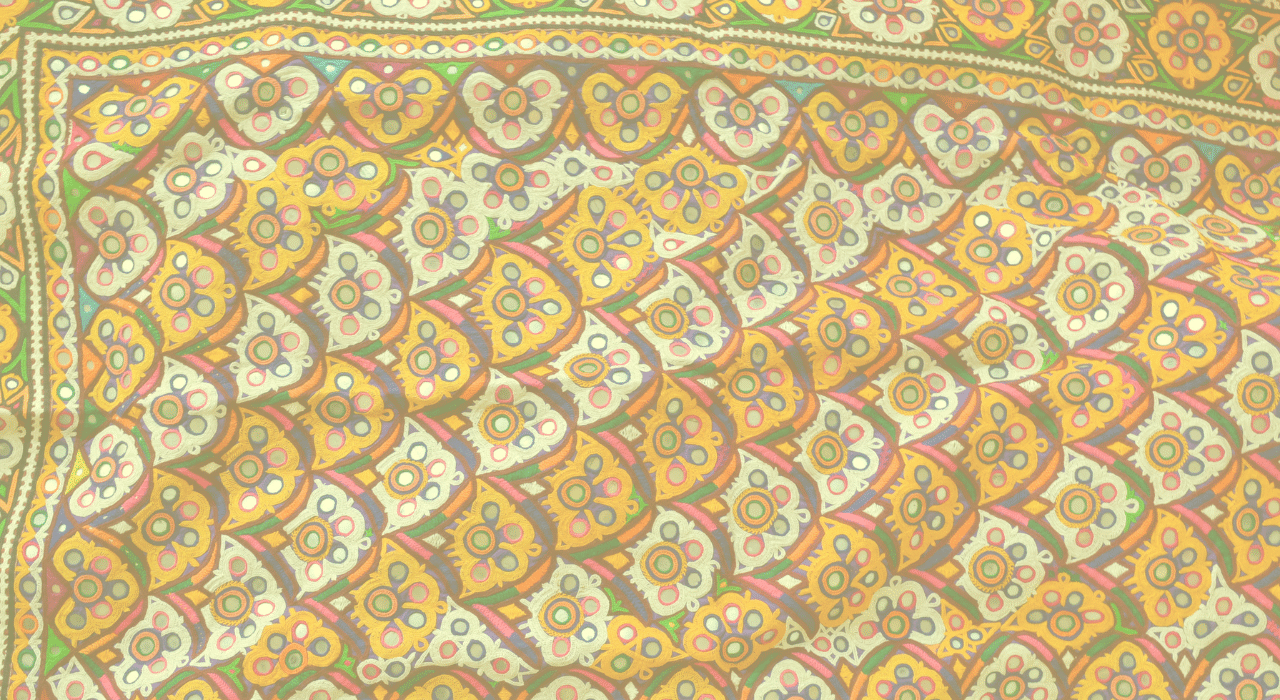Exploring the Rich Tradition of Nakshi Kantha: A Stitch in Time from Bangladesh
There’s something magical about the way threads tell stories—especially when they’re woven into the fabric of Bangladesh’s beloved Nakshi Kantha. This centuries-old art of embroidered quilts isn’t just about keeping warm; it’s a vibrant diary of rural life, love, and resilience. If you’ve ever held a Nakshi Kantha, you’ve felt the heartbeat of Bengali culture. But how do we keep this tradition alive in a fast-fashion world? Let’s unravel the threads together.
What Is Nakshi Kantha?
Nakshi Kantha (from naksha, meaning “design,” and kantha, meaning “patched cloth”) is a hand-stitched quilt made from old saris and dhotis, layered and embroidered with intricate motifs. Born from frugality and creativity, these quilts feature folk art—floral patterns, peacocks, rivers, and even scenes from village life—each stitch a whispered secret from generations past.
Traditionally, women in rural Bangladesh spent months crafting Nakshi Kanthas as dowries for daughters or gifts for loved ones. Today, they’re celebrated as cultural heirlooms and even displayed in museums like Kolkata’s Gurusaday Museum and Dhaka’s Bangladesh National Museum.
Why Nakshi Kantha Matters Today
In an era of mass-produced textiles, Nakshi Kantha stands out for three reasons:
- Sustainability Before It Was Trendy
- Upcycling old fabrics into something beautiful? Nakshi Kantha artisans were the original eco-warriors.
- Tip for modern living: Embrace slow fashion by repurposing old clothes into DIY kantha-inspired throws.
- A Language of Symbols
- The motifs aren’t random—they’re a visual dialect. Lotus flowers symbolize purity, fish denote prosperity, and the kalka (paisley) represents fertility.
- Fun fact: Some designs include hidden “mistakes,” as artisans believe only Allah creates perfection.
- Women’s Silent Empowerment
- For generations, this craft was one of the few ways rural women could express creativity and earn income.
- Support tip: Buy directly from cooperatives like Aarong or Kumudini Handicrafts to ensure fair wages.
How to Preserve Nakshi Kantha (And Why You Should Care)
1. Buy Authentic, Not Imitation
- Cheap machine-made “kantha-style” products flood markets, but they lack the soul (and durability) of hand-stitched pieces.
- Look for: Irregular stitches (proof of human hands) and natural fabric dyes.
2. Modern Uses Beyond Quilts
- Designers are reinventing Nakshi Kantha as wall hangings, handbags, and even jacket linings.
- Try this: Frame a small kantha panel as bold, ethical home decor.
3. Learn the Basics
- You don’t need to be a master. Start with simple running stitches (“kantha stitch”) on layered cotton.
- Online resource: YouTube tutorials by Bangladeshi artisans break it down beautifully.
4. Share the Stories
- Each kantha has a narrative. Document the artisan’s name or the village it came from—it honors their labor.
Challenges & The Way Forward
Despite its beauty, Nakshi Kantha faces threats:
- Declining Artisans: Younger generations opt for city jobs, leaving fewer masters.
- Cultural Erosion: Globalization dilutes demand for handmade crafts.
How to Help:
- Advocate for craft education programs in schools.
- Tag brands that misuse the term “kantha” (awareness matters!).
Final Stitch: A Call to Action
Nakshi Kantha isn’t just Bangladesh’s heritage—it’s humanity’s. The next time you drape one over your shoulders, remember: you’re wearing a tapestry of patience, love, and rebellion against disposable culture.
What’s your role? Buy less, choose handmade, and pass the story on. Because some threads should never be cut.


